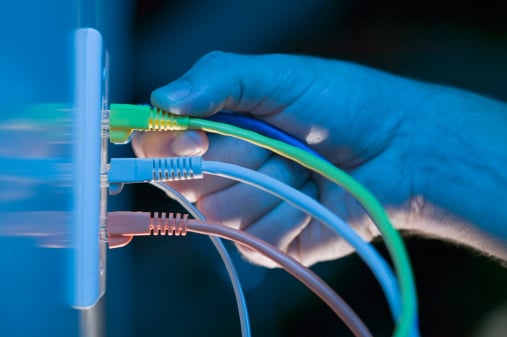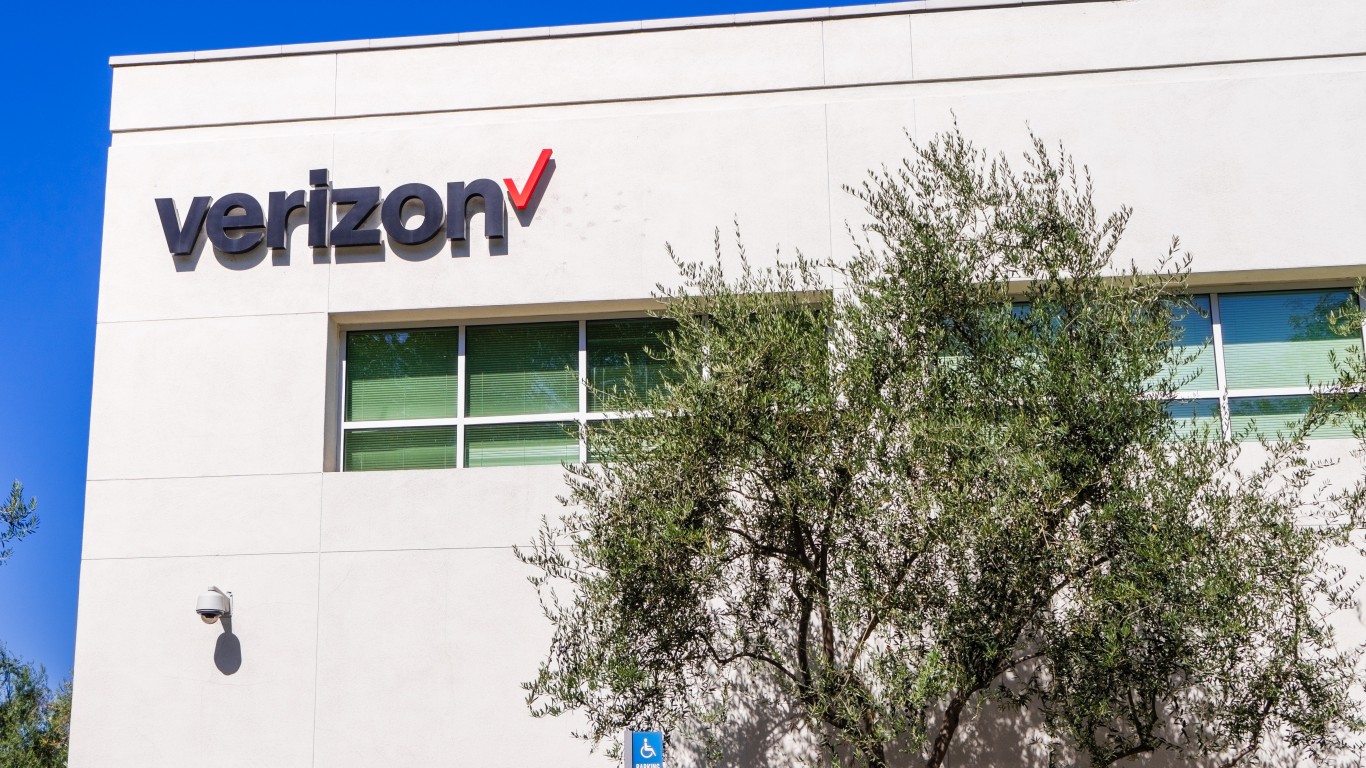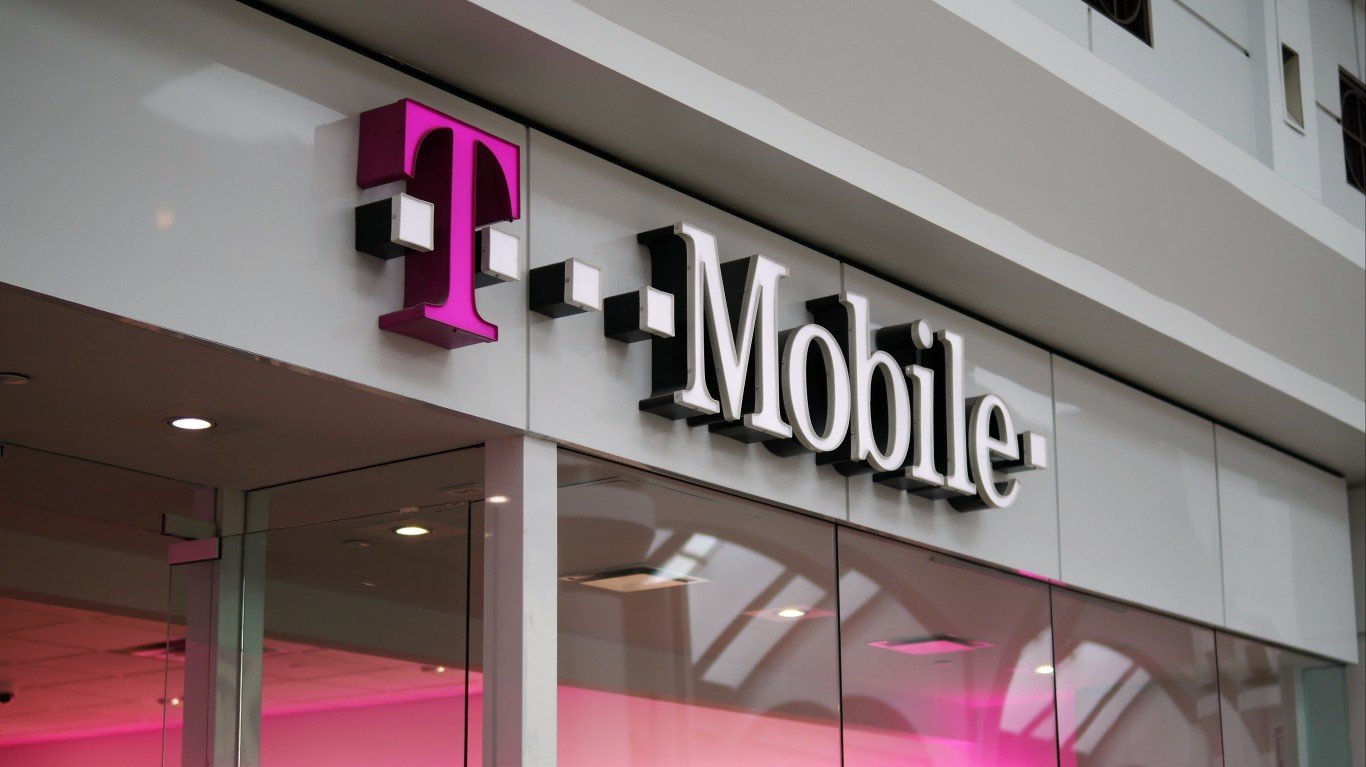
Source: Thinkstock
Education and income levels are the two factors that provide the greatest influence on broadband adoption. Some 89% of Americans with at least a college education have a broadband connection as do 88% of those with annual incomes of $75,000 or more.
Age is also a factor, with those 18 through 29 having a broadband connection rate of 80% while those 65 or older have adopted broadband at just more than half that rate, 43%. The rural adoption rate is 62%, compared with urban and suburban rates of 70% and 73%, respectively.
Broadband penetration is higher than smartphone penetration, which now stands at 56%. But including the 10% of Americans who own a smartphone but no broadband connection to those who do have broadband means that 80% of Americans have one or the other or both. Nearly half — 46% — have both, while 24% have broadband and no smartphone and 10% have only a smartphone.
Among ethnic groups white, non-Hispanic Americans have a 74% broadband adoption rate, while black, non-Hispanics have a 64% rate and Hispanics a 53% rate. When smartphone-only adoption is factored in, however, the gaps close. Whites with either broadband or a smartphone total 80%, blacks total 79% and Hispanics total 75%.
The main impediment to wider U.S. adoption of broadband in the home is cost. When Pew Research asked adults in 2009 what it would take for them to switch to broadband, 35% said the cost would have to drop and another 17% said it would have to become available where they live. Amazingly, perhaps, 20% said nothing would get them to adopt broadband.
The U.S. may be near its limit of broadband adoption, if we include smartphone adoption into the broadband numbers. Only 3% of Americans still use modems with speeds lower than 256 Kbits per second and that number has not changed in three years. The leaves just 17% of Americans who don’t have broadband and that number is within the 20% that said they’d never change.
Essential Tips for Investing: Sponsored
A financial advisor can help you understand the advantages and disadvantages of investment properties. Finding a qualified financial advisor doesn’t have to be hard. SmartAsset’s free tool matches you with up to three financial advisors who serve your area, and you can interview your advisor matches at no cost to decide which one is right for you. If you’re ready to find an advisor who can help you achieve your financial goals, get started now.
Investing in real estate can diversify your portfolio. But expanding your horizons may add additional costs. If you’re an investor looking to minimize expenses, consider checking out online brokerages. They often offer low investment fees, helping you maximize your profit.
Thank you for reading! Have some feedback for us?
Contact the 24/7 Wall St. editorial team.



